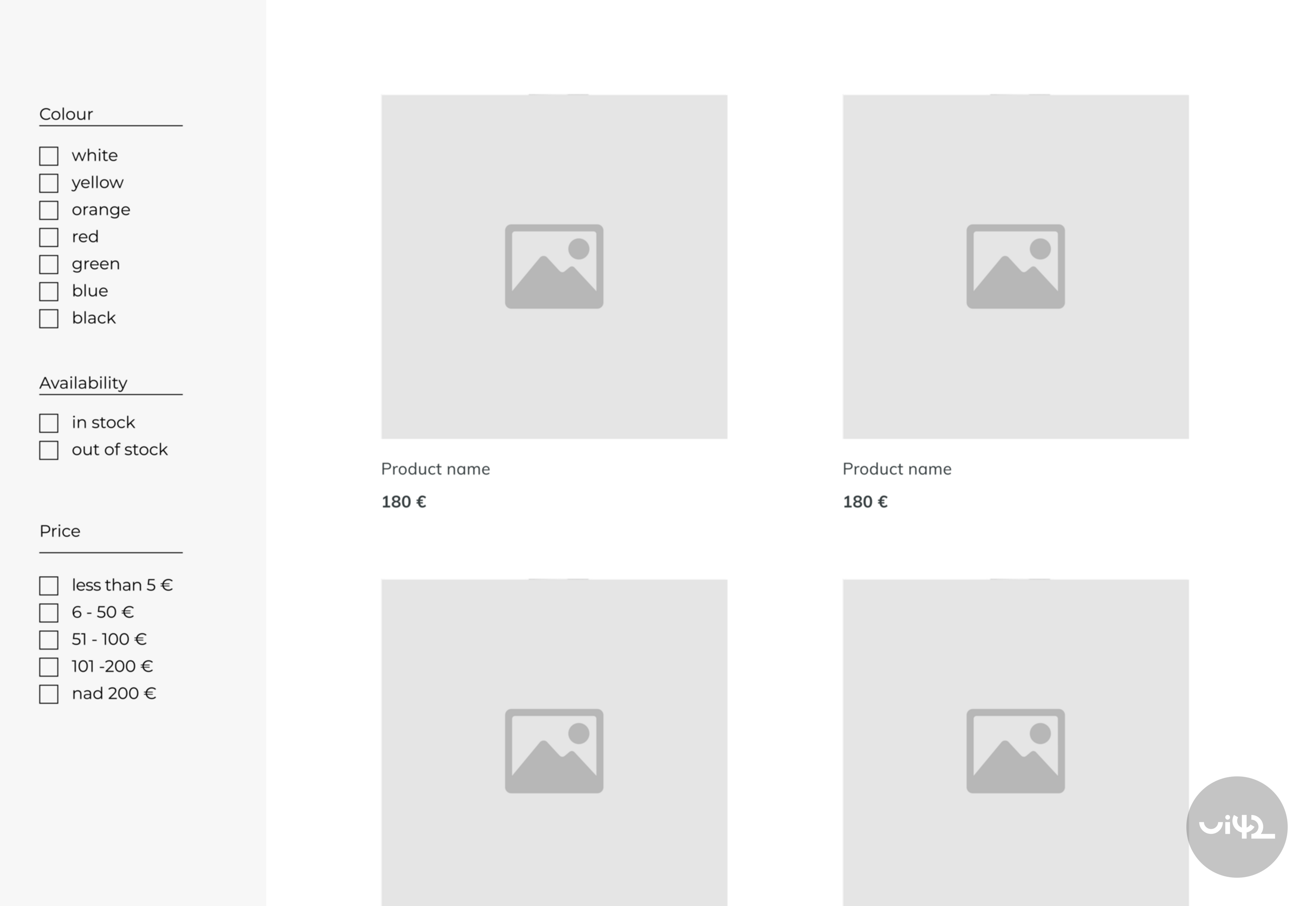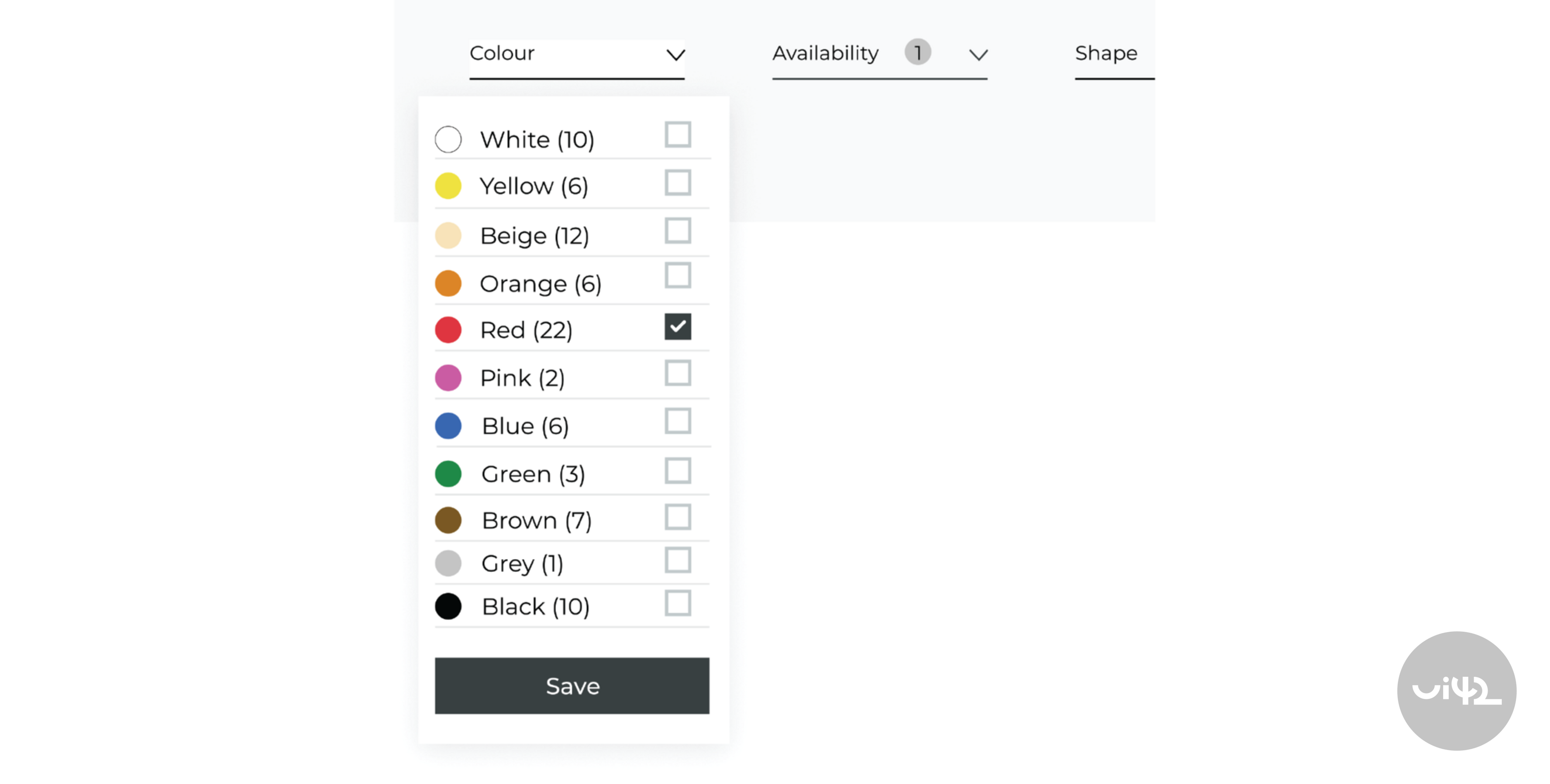Faceted search is a technique that allows users to narrow down their search results. By filtering product parameters (colour, price, size, availability, etc) they can select only the things they want to see.
During user testing of e-commerce websites from different areas, we have realised that faceted search can not only be beneficial, but also confusing - or even frustrating. Look at these 7 tips that will tell you what to look out for and how to set up your faceted search for your users’ and online shop’s benefits.
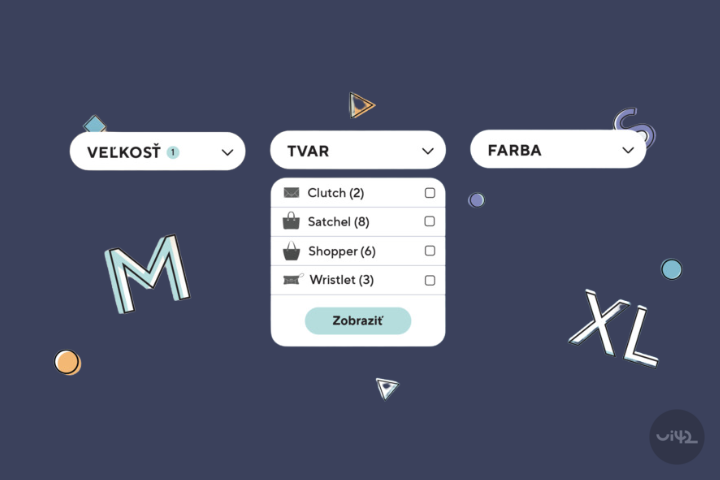
How to create the best faceted search on your website? You can rely on user friendliness
Faceted search is undoubtedly an important part of e-commerce websites with a larger amount of products as it allows for interaction with an online shop that lets users set up their own search criteria. A simple example would be a search in an online shop with a large number of products where customers use filters to select those products they want to see on screens of their computers or smartphones.
There are many solutions that can fully utilise faceted search, even though the most important element is search logic that needs to be in harmony with customers’ expectations. So what should we keep in mind setting up our faceted search?
Tip no 1: Don’t hide the search on your website
Position of your faceted search on your website is crucial. If you manage to hide it, your users won’t even think of using it. The best you can do is to place is on the left side of your website or directly above the products as that’s where people visiting your website expect to find it. Place the feature in such a way that users will be able to find it straight away but it does not create a visual obstacle. Whatever you decide to do, do not hide it.
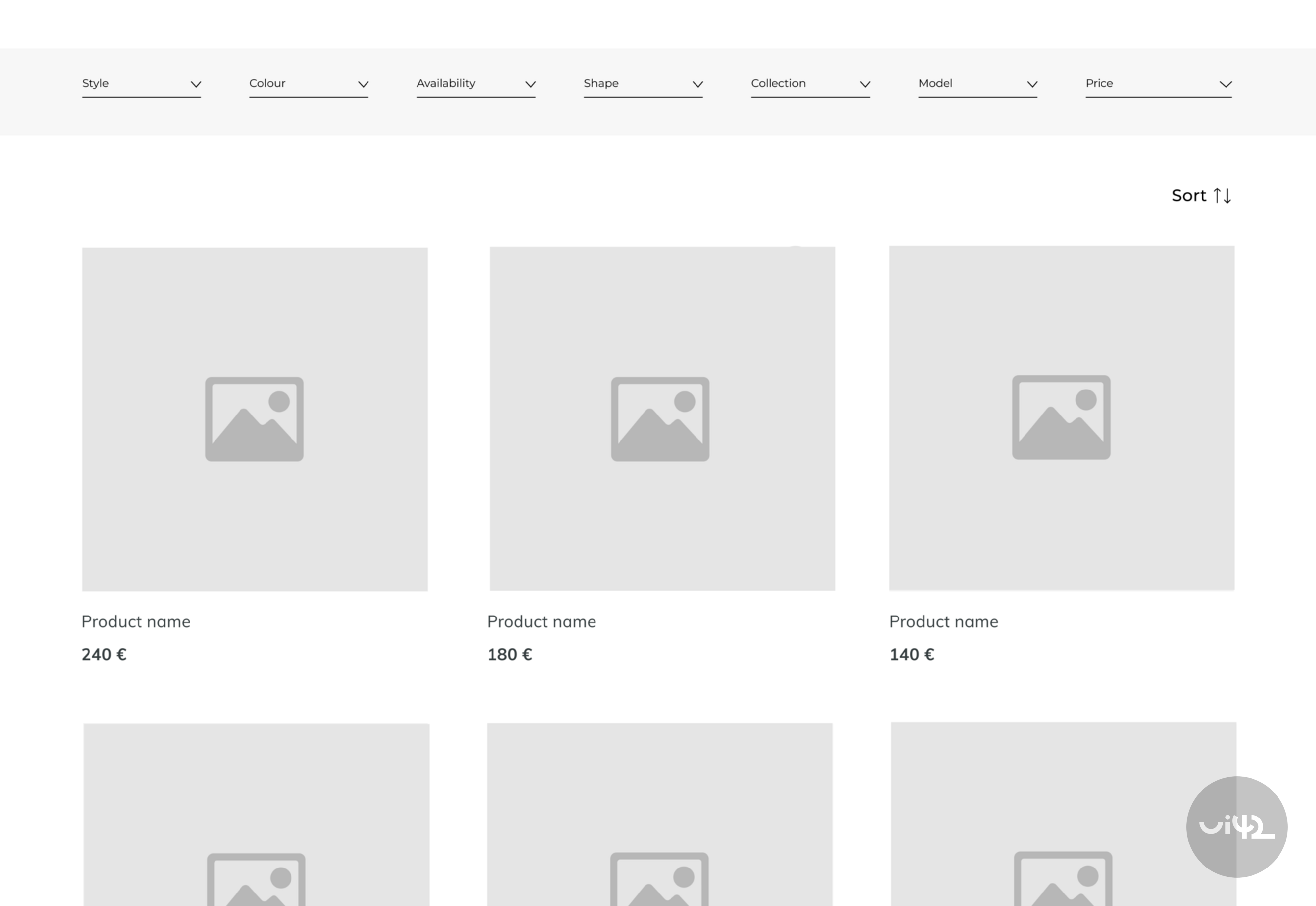
Tip No. 2: Make sure your faceted search is relevant and complete
Make sure that your faceted search meets your customers’ needs. Feel free to find inspiration in other online shops but do not forget to conduct your own research to learn what criteria and filters your customers need to filter products in your own online shop. In this case, relevance beats quantity. Do not omit standard and most used facets such as price or availability that customers these days take for granted.
Just as an online shop with electronics needs different faceted search to an online shop with food, faceted parameters differ across individual categories and subcategories within the same online shop. Set your faceted search up individually for each category and hide options that are not relevant.
Tip No. 3: Make sure your customers find your facets comprehensible
Choosing names for your facets, bear in mind that your customer most probably does not know your products as much as you do.
For instance, if you’re selling jewellery - let’s say necklaces - and your facets are labeled “type” and ‘style”, not many customers will be able to tell what they actually mean.
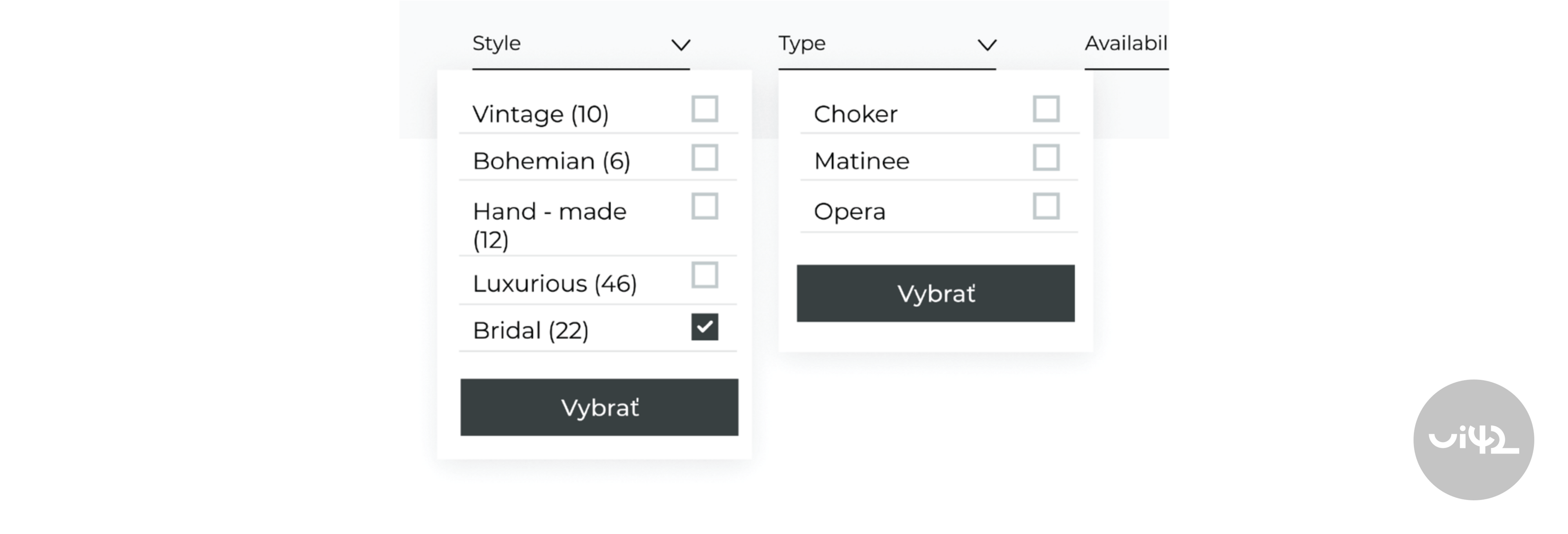
In this case, “type” would indicate different lengths of your necklaces, so it might be easier to label this facet ‘necklace length” and then ideally accompany each option with an actual length in centimetres for customers who might not know much about this type of jewellery.
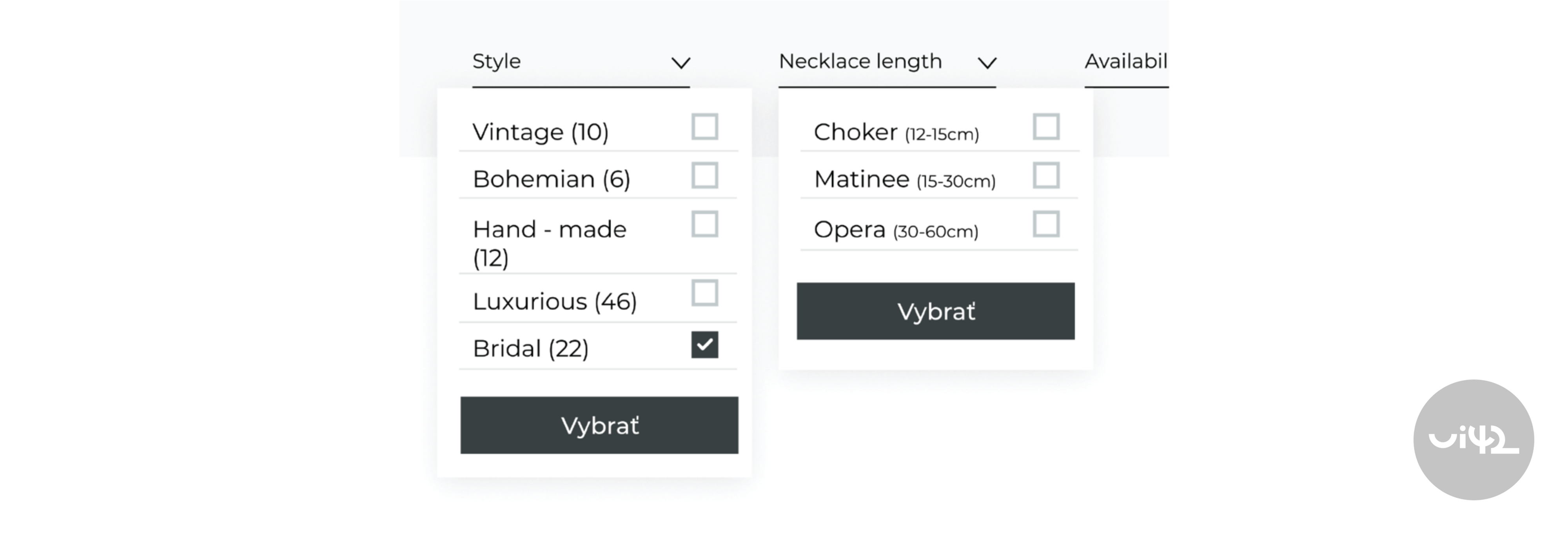
Do not hesitate to use basic illustrations or pictograms to help users find what they’re looking for.

Tip No. 4: Duplicate parameters are bound to confuse your customers
Speaking of individual parameters of your search, we recommend consistency and removal of duplicates. You can encounter this issue when you filter your products by size. Every sellers uses different labels; take for example clothes sellers who each label their products sizes differently, some as S,M, L XL, some as S/M L/XL or 36, 38, 40. If all these products enter the same faceted search, users get confused and they don’t know whether it is sufficient to choose all the parameters or just one to filter your products successfully.
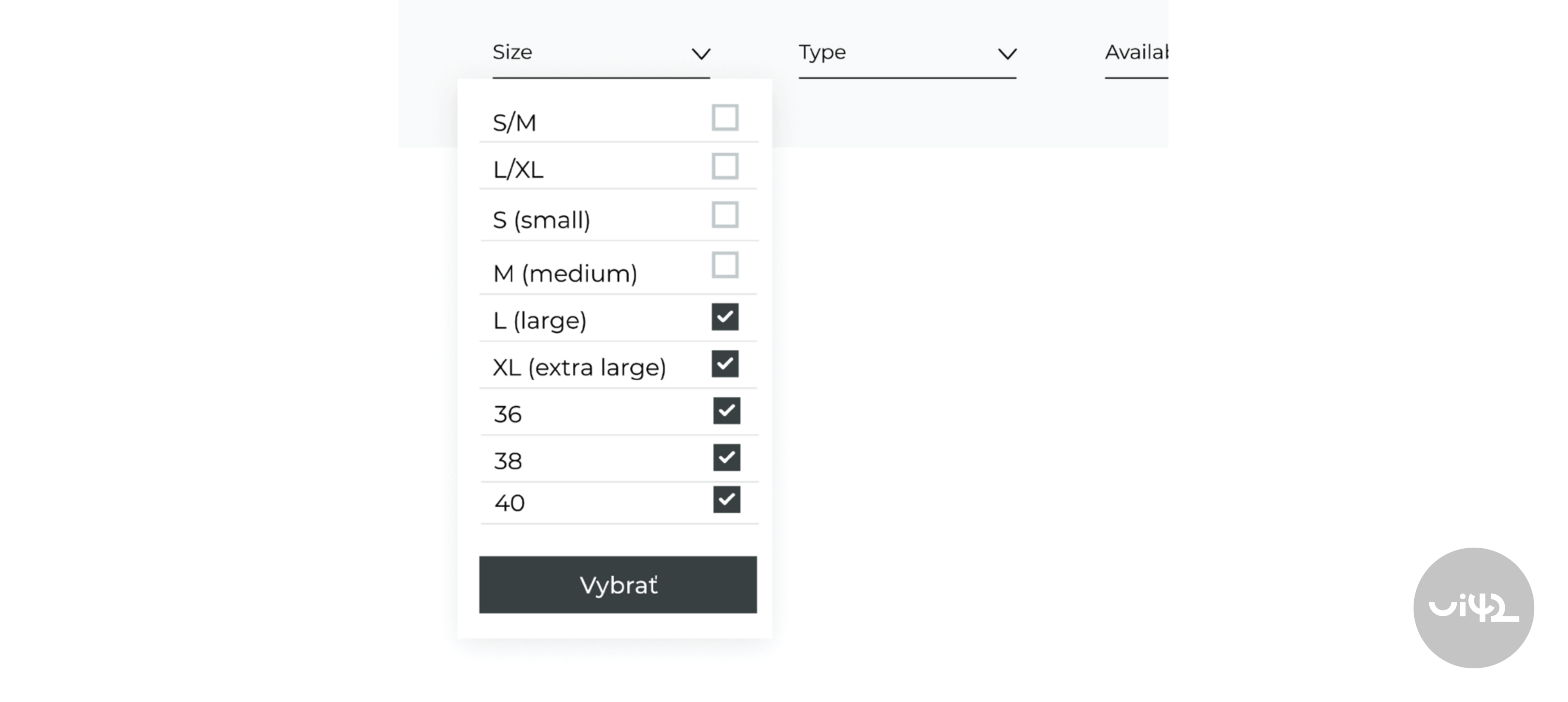

Tip No. 5: Intuitive search leads to more customers who find what they are looking for.
Pay extra attention to user friendliness of your faceted search. If the faceted search is not intuitive, their usage can generate frustrated users. Always clearly indicate the active facets and offer the user a simple way to deactivate individual facets.
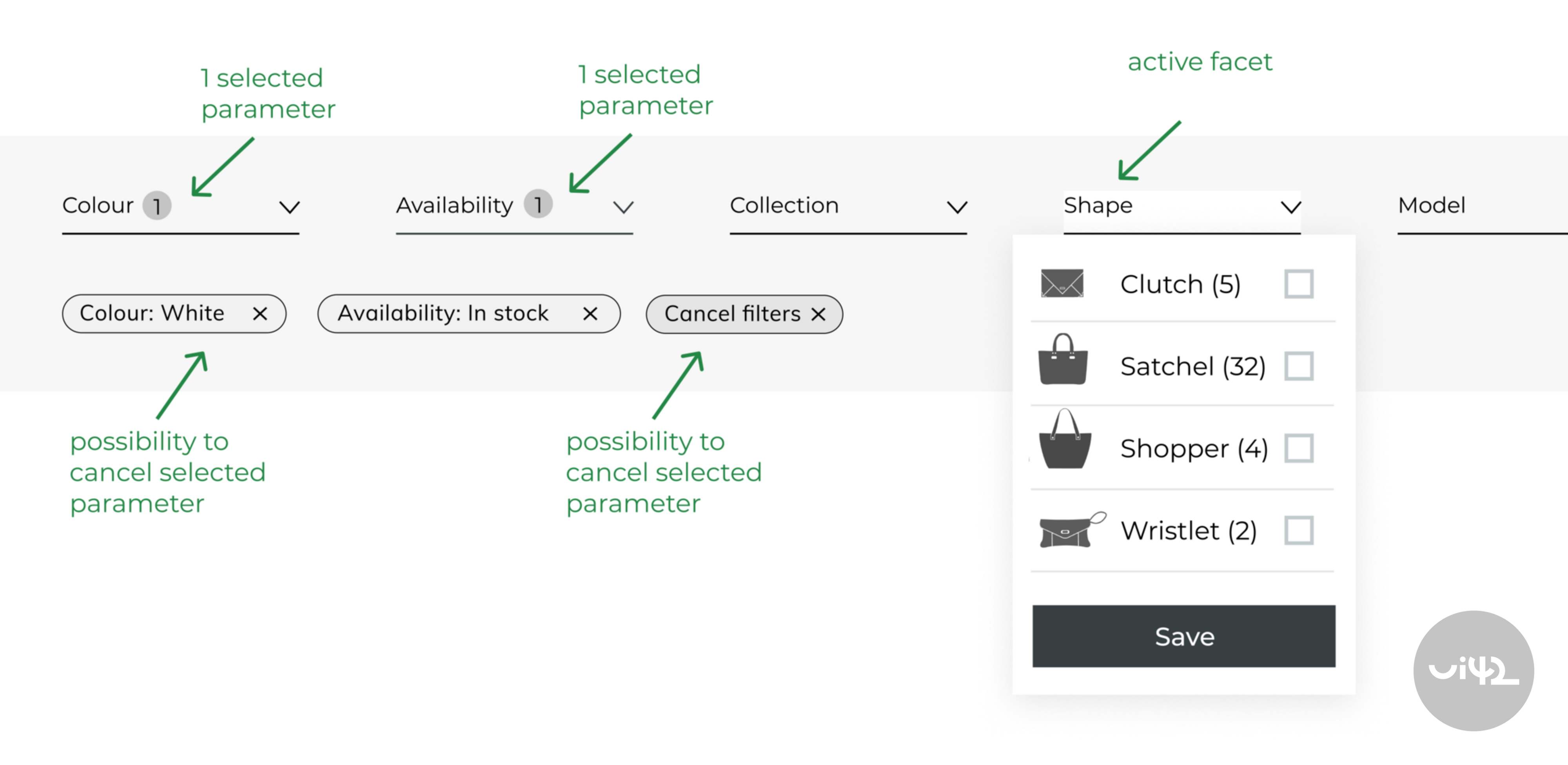
We recommend you state number of products for each parameter of the search. This simply tells the user whether they need to continue with filtering the results or whether the current number is acceptable for browsing the results. By doing so, you also prevent the situation where your customer chooses so many specific parameters that there won’t be any products in the search’s results.
If one of your facets offers too many options (e.g. label, country of origin, etc) help your user by letting them write a sought-after parameter into the search field. You will save them from boring and time-consuming scrolling.
Tip No. 6: Fast and agile search and responsive design are the key
Its very important to choose the correct technical solution for your faceted search. Make sure your search is fast enough. Solution that reloads the whole website again is not suitable as it's confusing and wastes users time.
If your technical solution does not enable immediate and fast response, let the user choose more facets. They can confirm their choice by pressing a button instead of being forced to wait for products to load after each choice. Don't forget that it's necessary to offer responsive search for any device. Filtering on mobile phones should be as intuitive as filtering on desktop.
Tip No. 7: Search results can be optimised for search engines
Designing your faceted search, don't forget the SEO – optimisation for search engines. Creating unique URLs and landing pages with Level H1 headings for specific search results can be crucial for your e-commerce projects SEO.
Do you feel your search is missing something or can you see your visitors leaving your website halfway through the search process? We believe that one of our tips can help you create effective and most importantly user friendly faceted search. If you need help, please get in touch and we'll lend a helping hand. You can learn many interesting details on how you could and why you should test your website in our article UX testing and it's importance.

